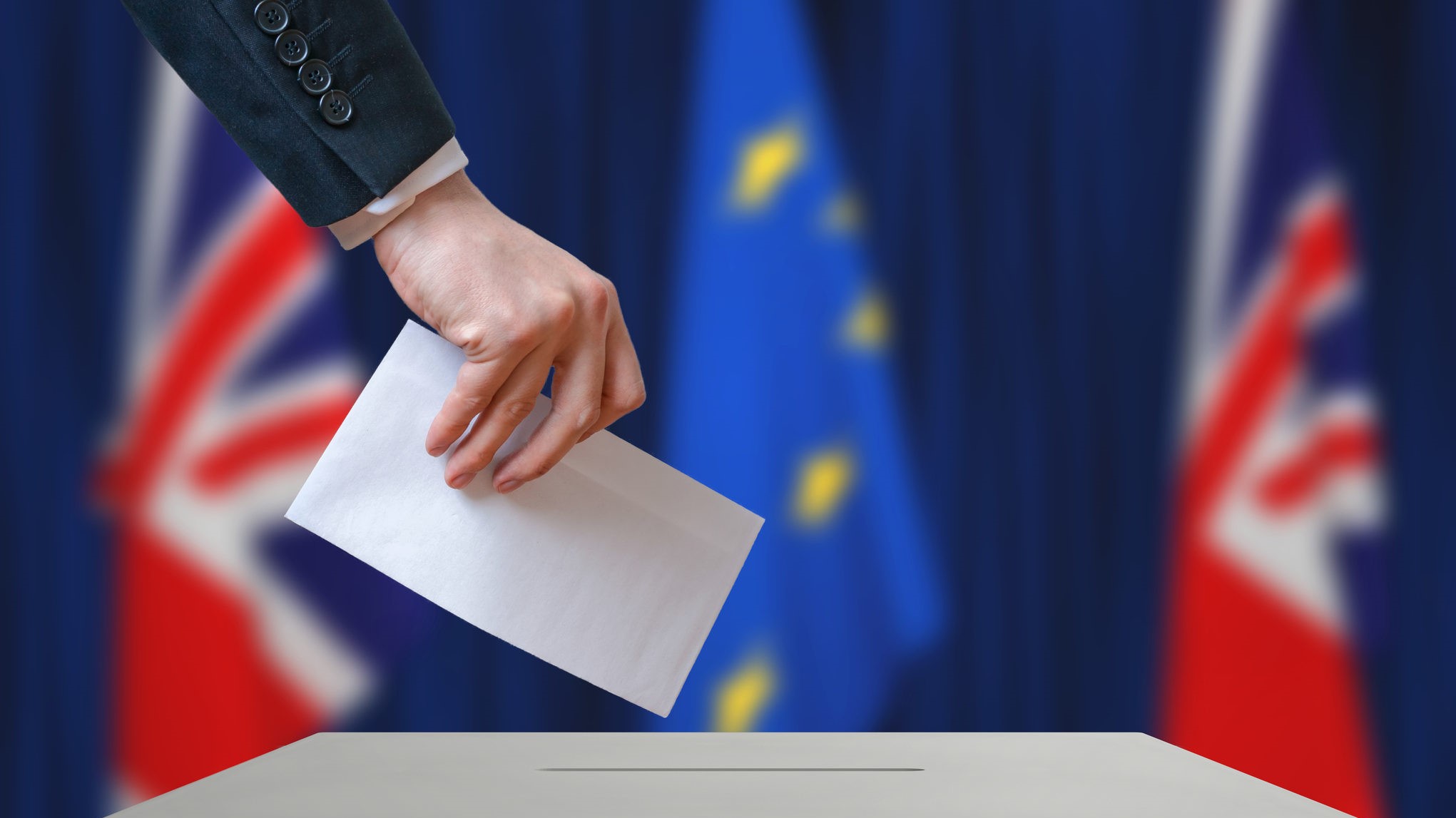Published 15 December 2016
The UK has opted to leave the EU. Now it must figure out a new trade architecture for itself that keeps its global commercial relationships in tact.
The UK government held a national referendum on June 23, 2016 to decide whether to leave the European Union (EU). 30 million Britons voted, a turnout of 71.8 percent, and to option to exit won (hence the shorthand “Brexit”) by margin of 52 percent to 48 percent.
The UK is a GATT original
The outcome has broad implications for the UK’s economy, but just how will “Brexit” change the UK’s terms of trade with the rest of the world? Six months after the referendum, there are still more questions than answers. But let’s consider what we think we know, and what remains unknown.
Great Britain’s standing in the multilateral trading system may be the most straightforward. The UK was a founding member of the General Agreement on Tariffs and Trade (GATT) in 1947—its delegation to the Bretton Woods conference was famously led by economist John Maynard Keynes, who played a central role in the creation of post-WWII economic architecture.
But represented by the EU in the WTO
The UK retained its individual membership when the GATT 1994 agreement established the WTO, as did other EU member states. However, the EU (referred to in the GATT as the European Communities, or EC) also holds a membership and leads negotiations on behalf of its member states.
Consequently, the UK applies the EC’s 1995 “schedule of concessions” to define its normal (most-favored-nation, or “MFN”) trade relations with other WTO members. In a statement to the UK Parliament on December 5, Secretary of State for International Trade Liam Fox declared, “In order to minimize disruption to global trade as we leave the EU, over the coming period the Government will prepare the necessary draft schedules which replicate as far as possible our current obligations.”
Overall, this proposal (called a “rectification”) would be presented to the WTO’s 163 members (with the EU-27 to be dealt with separately) for their acceptance.
There will be complications. A number of EU agricultural products deemed sensitive are covered by tariff-rate quotas (TRQs), and the UK will have to negotiate its share of the TRQs. The same goes for farm subsidies, which are EU-wide policies. And if the UK wishes to continue to participate in the WTO Government Procurement Agreement, it will have to negotiate its own commitments instead of applying the EU’s schedules. But for economies which today trade with the UK on an MFN basis, this plan seems likely to result in a relatively predictable transition.
Exiting the EU without exiting European commercial relationships
Next, let’s consider the UK’s trade relations with the EU-27. In order to remove membership, the UK government must trigger Article 50 of the Lisbon Treaty, which it intends to do by March 2017. The Article 50 process runs for two years, during which the UK and the EU-27 would negotiate a new relationship.
The UK-EU trade relationship will be considered in the context of wider UK-EU cooperation, but it is hard to overstate the importance of getting this right as well as the degree of difficulty of the task. About half of the UK’s total goods and services trade is with the EU, and the EU single market has resulted in deep integration—EU-wide value chains in production of complex goods like automobiles, sophisticated financial services networks, and many other areas of connectivity.
A “fallback” to MFN relations would disrupt many of these arrangements. The UK House of Lords released a detailed report which describes the alternatives and urges strong leadership for such a complex and unprecedented task.
How to keep preferential trade arrangements with non-EU countries?
As if things were not messy enough, there is the matter of the EU’s preferential (i.e., non-MFN) agreements. The 2015 WTO Trade Policy Review of the EU identified over three dozen Regional Trading Arrangements (RTAs), the WTO term for bilateral or regional free trade agreements.
The EU also operates “Economic Partnership Agreements” with countries in Africa, the Caribbean, and Pacific islands in seven regional groupings, and extends unilateral preferential market access to over 90 developing economies. The UK will likely wish to retain many of these third-country trade relations, but they are unlikely to find a simple path forward.
Transitions are messy, but the UK will stick to its roots
So, what will Brexit bring? Despite the murkiness described here, presuming competent leadership on all sides, the incentives for finding a positive outcome should prevail. Three final thoughts about the next few years. First, transitions are messy. We’ll all have to deal with it.
Second, it’s important to remember that trade agreements are effect, not cause. The reason that these agreements exist in the first place is that there are trading relationships, and all parties have an interest in predictability and efficiency. Third, the UK has long been an outward-looking, trading nation. From the 1846 repeal of the Corn Laws to Winston Churchill’s 1904 party switch for the cause of free trade, to the UK’s essential role in founding the GATT, Britain has been dedicated to open, free, rules-based trade. We should expect the UK to remain true to its identity and values throughout the process.
© The Hinrich Foundation. See our website Terms and conditions for our copyright and reprint policy. All statements of fact and the views, conclusions and recommendations expressed in this publication are the sole responsibility of the author(s).






